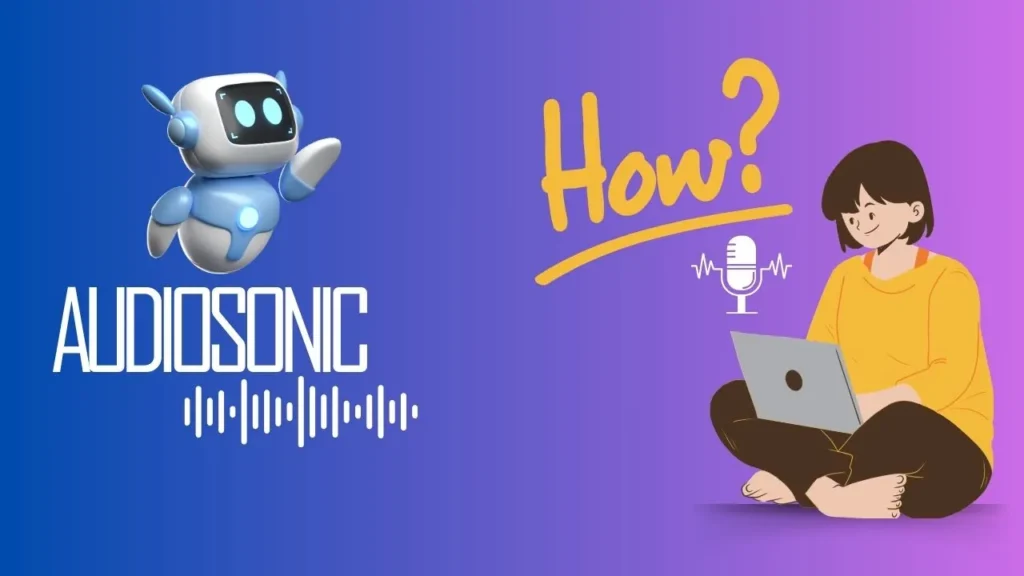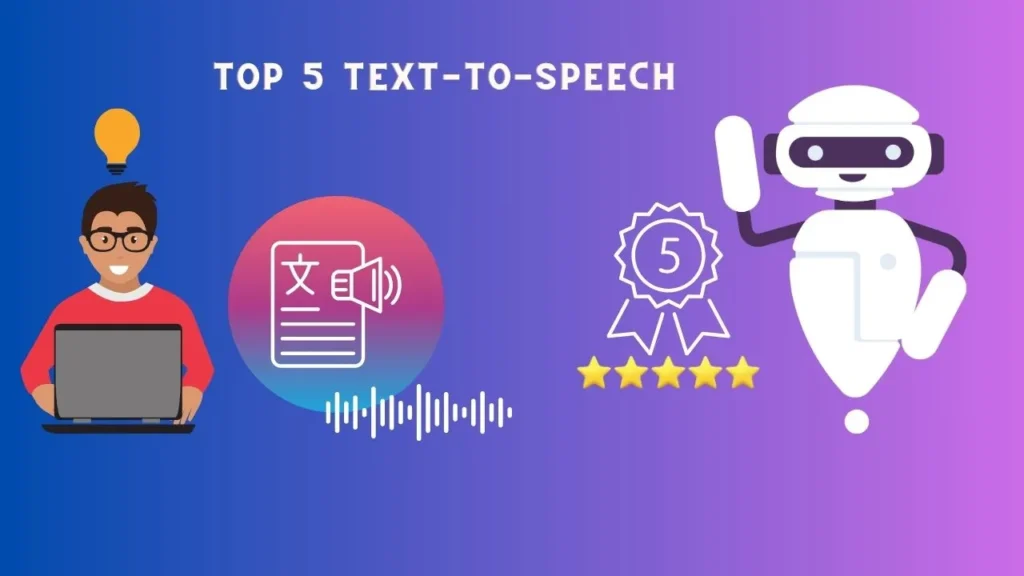Text to speech AI, also known as TTS AI, is a revolutionary technology that has transformed the way we interact with digital content. In simple terms, it is an artificial intelligence system that converts written text into spoken words. This technology has gained immense popularity in recent years, as it offers a wide range of benefits and applications across various industries. In this article, we will explore the inner workings of text to speech AI, its underlying technology, as well as its limitations and future possibilities.
The Technology Behind Text to Speech AI
Text to speech AI relies on two key technologies: natural language processing (NLP) and voice synthesis. NLP is a subfield of AI that focuses on enabling computers to understand and interpret human language. It involves algorithms and models that analyze and process text, extracting meaning, grammar, and context. Voice synthesis, on the other hand, deals with generating human-like speech from text.
The process begins with the input of written text, which is then analyzed by the NLP component. This analysis involves breaking down the text into individual words, identifying parts of speech, and understanding the overall structure and meaning. Once the text is processed, the voice synthesis component takes over and generates the corresponding speech. This synthesis is achieved by combining various pre-recorded speech segments, which are adjusted and concatenated to create a seamless and natural-sounding output.
Benefits and Applications of Text to Speech AI
Text to speech AI offers numerous benefits and has a wide range of applications across various industries. One of the key advantages is accessibility. By converting text into speech, this technology enables individuals with visual impairments or reading difficulties to access and comprehend written information. It also enhances the user experience by providing an audio alternative to reading, allowing people to consume content while performing other tasks.
In addition to accessibility, text to speech AI has found applications in the fields of education, entertainment, and assistive technology. In education, it can be used to create interactive learning materials, provide audio feedback on assignments, and assist students with reading difficulties. In entertainment, it can be used to create realistic and immersive virtual characters in video games and movies. In assistive technology, it can be integrated into devices and applications to aid individuals with disabilities in various ways, such as helping them communicate more effectively.
How Does Text-to-Speech AI Work?
Natural Language Processing and Voice Synthesis: The inner workings of text to speech AI involve a complex interplay between natural language processing and voice synthesis. Natural language processing plays a crucial role in understanding the text and extracting the necessary information for generating speech. It involves various subtasks, such as part-of-speech tagging, named entity recognition, and syntactic parsing.
Part-of-speech tagging assigns a grammatical category to each word in the text, such as noun, verb, or adjective. Named entity recognition identifies and classifies named entities, such as people, organizations, and locations. Syntactic parsing analyzes the grammatical structure of sentences and establishes relationships between words.
Once the text is processed by the natural language processing component, the voice synthesis component takes over. Voice synthesis involves the generation of speech from the processed text. This is achieved by combining pre-recorded speech segments, which are selected and concatenated based on the linguistic features of the text. The segments are then adjusted for pitch, speed, and intonation to create a natural-sounding output.
Training and Data Collection for Text to Speech AI
Training a text to speech AI system requires a large amount of data, both in terms of written text and corresponding speech. This data is used to train machine learning models that can accurately convert text into speech. The training process involves feeding the models with pairs of text and speech, allowing them to learn the patterns and relationships between the two.
Data collection for text to speech AI can be a challenging task, as it requires a diverse range of written texts and high-quality speech recordings. The texts should cover a wide range of topics and genres to ensure the system’s versatility. The speech recordings should be of high fidelity and capture the nuances of natural human speech.
Challenges and Limitations of Text to Speech AI
While text to speech AI has made significant advancements in recent years, it still faces certain challenges and limitations. One of the main challenges is achieving natural-sounding speech. Despite the progress made in voice synthesis, generating speech that is indistinguishable from human speech remains a difficult task. The intonation, rhythm, and emphasis in human speech are subtle and complex, making it challenging to replicate them accurately.
Another challenge is the lack of emotional expressiveness in synthesized speech. Human speech conveys emotions through tone, pitch, and other subtle cues. Current text to speech AI systems often struggle to capture and reproduce these emotional nuances, resulting in speech that sounds robotic and devoid of feeling.
Advancements and Future Possibilities of Text to Speech AI
Despite the challenges, text to speech AI continues to advance rapidly, driven by ongoing research and development. Researchers are exploring new techniques and models to improve the naturalness and expressiveness of synthesized speech. Deep learning approaches, such as recurrent neural networks and transformer models, have shown promising results in generating high-quality speech.
The future possibilities of text to speech AI are vast and exciting. One potential direction is the customization of synthesized voices. By leveraging personalized data, such as recordings of an individual’s voice, text to speech AI systems can create unique and recognizable voices that closely resemble the individual’s natural speech.
Another area of interest is the integration of text to speech AI with virtual assistants and chatbots. This integration can enhance the conversational abilities of these systems by providing a more natural and human-like voice. It can also enable the creation of virtual characters and avatars that can interact with users through speech.
Popular Text to Speech AI Tools and Applications
Text to speech AI has gained popularity across various industries, leading to the development of several tools and applications. Some of the Popular text to speech AI tools include Google Text-to-Speech, Amazon Polly, and Microsoft Azure Speech Service. These tools offer easy-to-use APIs and SDKs that developers can integrate into their applications, enabling speech synthesis capabilities.
The applications of text to speech AI are diverse and widespread. In the field of accessibility, it is used to create screen readers, audiobooks, and voice assistants for individuals with visual impairments. In the entertainment industry, it is used to generate realistic and interactive voices for virtual characters in video games and movies. In the education sector, it is used to create interactive e-learning platforms and assist students with reading difficulties.
Conclusion: The Impact of Text to Speech AI on Various Industries
Text-to-speech AI has revolutionized the way we interact with digital content and has had a significant impact on various industries. Its accessibility features have empowered individuals with visual impairments, making digital information more inclusive and accessible. Its applications in education, entertainment, and assistive technology have opened up new possibilities and improved the user experience.
As text to speech AI continues to advance, we can expect to see even greater improvements in the naturalness and expressiveness of synthesized speech. The integration of text to speech AI with virtual assistants and chatbots will further enhance their conversational capabilities. With ongoing research and development, the future of text to speech AI looks promising, and its impact on various industries is set to grow even further.
Recommended Reading:



